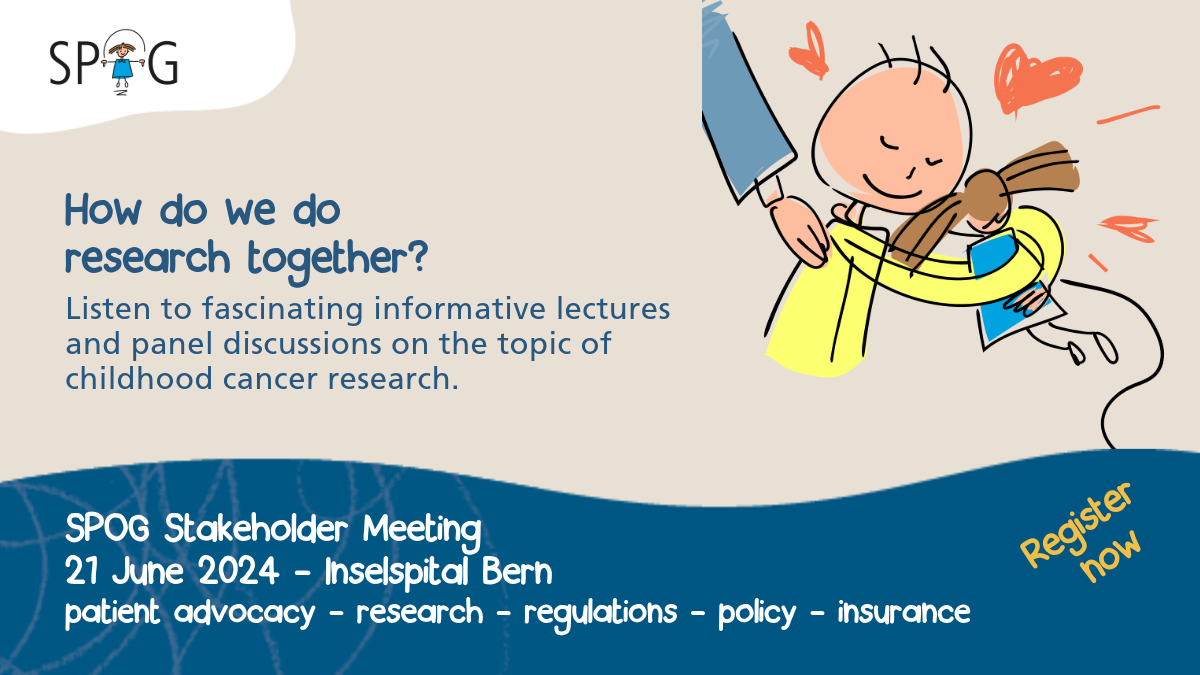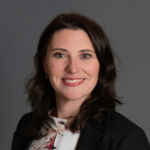KRANIOPHARYNGEOM Registry 2019
A craniopharyngeoma can cause major impairment of vision because of its location close to the optic chiasm and important parts of the brain and can also harm physical and mental development. It is often not possible to remove the cancer completely by surgery as this could cause serious damage to neighbouring parts of the brain. Equally, some craniopharyngeomas recur despite having been removed completely. With a few exceptions, affected children and adolescents need to take hormones regularly for the rest of their lives following surgery, and suffer from impaired memory, attention and vision.
Since these brain cancers are so rare, new scientific knowledge can only be gained through cooperation and by exchanging information between many treatment centres.
The KRANIOPHARYNGEOM registry will therefore record data on the diagnosis, therapy and complications of this brain cancer and the treatment received by patients in many hospitals throughout Europe. The aim is to use these observations to improve therapy for future patients as far as possible. This work should result in greater understanding of why these brain cancers develop and how their treatment can be improved in future. Another goal of the KRANIOPHARYNGEOM registry is to provide all patients with the best therapy currently available. With this in mind, a group of experts has formulated therapy recommendations based on the latest scientific knowledge and made them available to the doctors providing treatment.
In short
- This registry collects data on the diagnosis, treatment and complications of craniopharyngiomas, rare tumours near the pituitary gland, a small gland in the brain that "controls" hormones, or other anomalies in this part of the brain (known as sellar space-occupying lesions).
- Craniopharyngiomas and other sellar space-occupying lesions are tumours or rare malformations in the brain that develop from tissue that was already abnormal before birth. The reasons for this condition are still unknown.
- Since these diseases are so rare, new scientific knowledge can only be gained through cooperation and by exchanging information between many treatment centres. This will allow for a better understanding as to why these diseases develop, and thereby benefit future patients in terms of better treatment.




